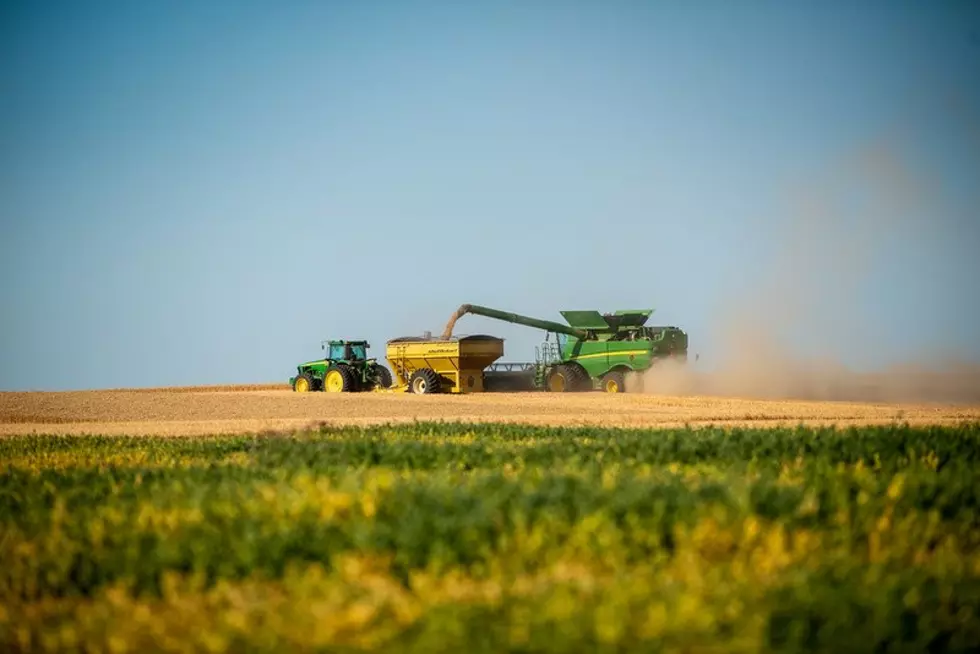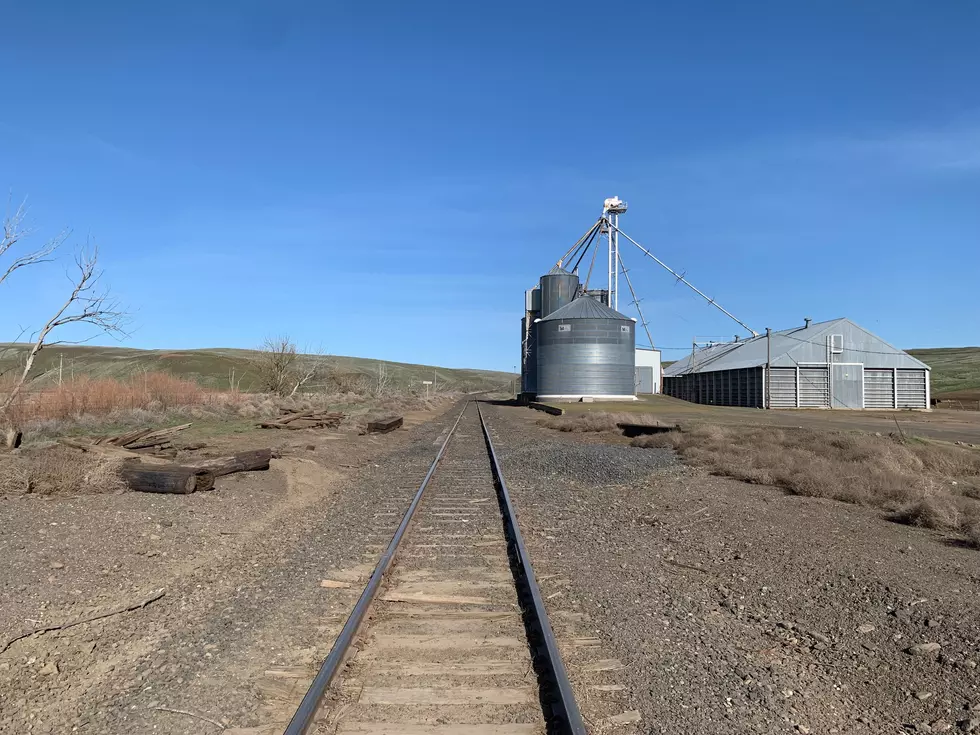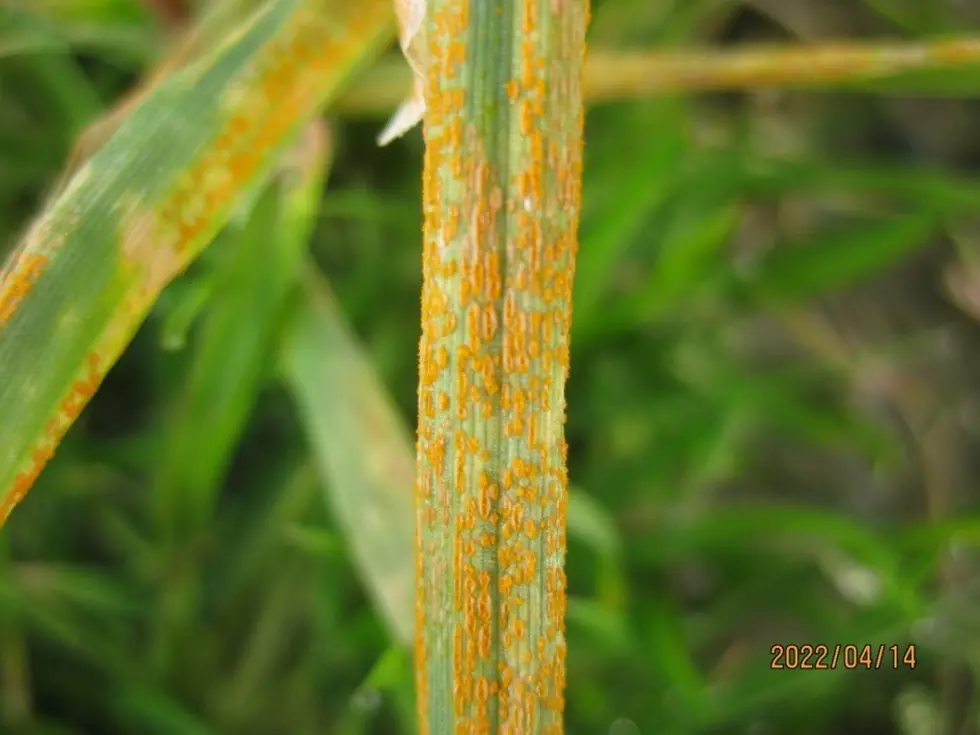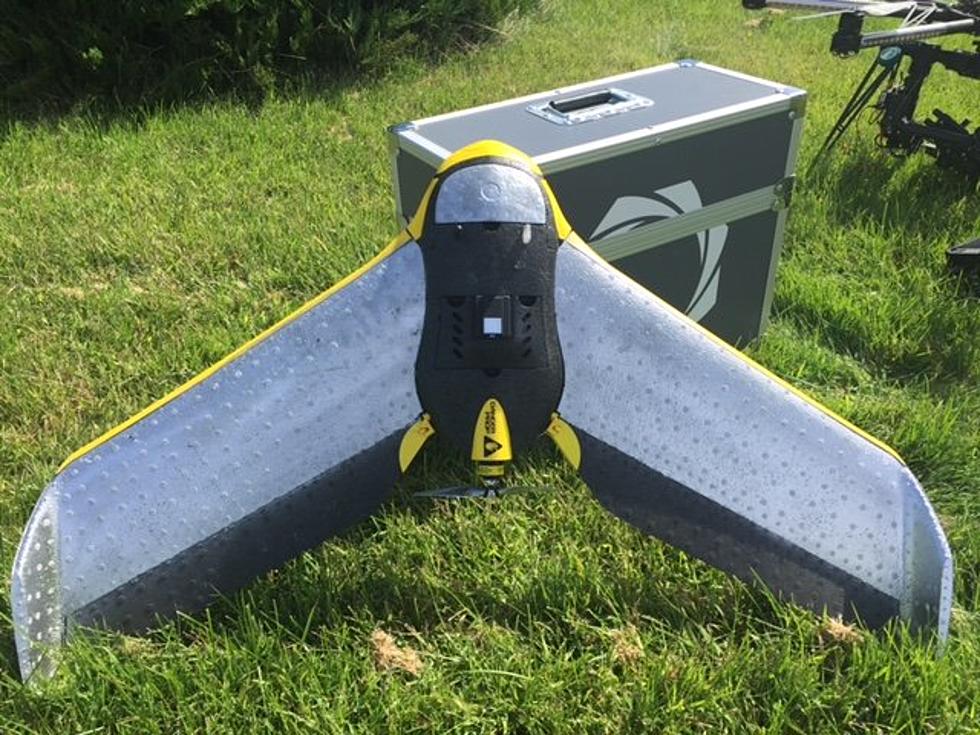
WSU Growers Need To Watch For Stripe Rust
While there have been few reports of strip rust this season, Washington State University is reminding growers to remain vigilant. According Dr. Xianming Chen, most winter wheat fields are past the flowering stage and the threat of stripe rust remains relatively low. Spring wheat, however, is nearing or already begun flowering in most areas and it remains important to continue scouting for stripe rust.
Dr. Chen notes while rust incidence has remained relatively low this season, the recent cool and moist weather provides conditions that are favorable for infection and disease could develop quickly over the next few weeks. He said it’s important for growers to continue to scout fields that are pre-flowering. He also recommends a fungicide application should be considered when 5-10% rust incidence or severity is found.
Susceptible varieties rated 5 to 9 in the Seed Buyer’s Guide will likely need a fungicide application, especially if one has not been made already, but resistant varieties rated 1 to 3 should not need a fungicide application. In general, fungicide application after flowering provides less return than those made before flowering, and many fungicides cannot be applied after flowering according to the label. However, there are a few fungicides that can be applied with a 30-day pre-harvest interval; make sure to read the label if a post-flowering fungicide application is made.
This likely will be the last stripe rust update of this crop season. Additional information on stripe rust, including photos showing rust percentages and a table listing fungicides with their active ingredients, use rates, and growth stage restrictions under the Foliar Fungal Diseases in the Disease Resources section of the WSU Wheat and Small Grains website.
If you have a story idea for the Washington Ag Network, call (509) 547-1618, or e-mail gvaagen@cherrycreekradio.com
More From PNW Ag Network









